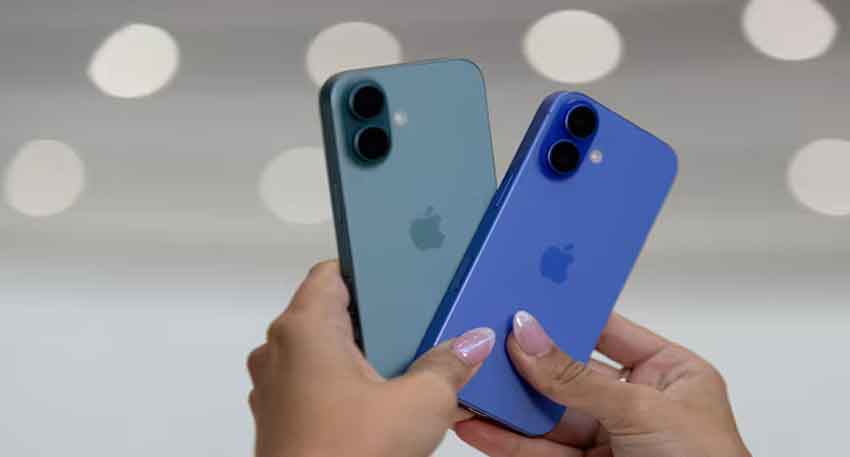
Despite this looming price bump, Apple’s stock rose 7% in premarket trading, buoyed by temporary relief after Washington and Beijing agreed to reduce some of their trade tariffs. However, Chinese imports into the U.S. still face a hefty 30% levy, adding pressure to companies like Apple.
Caught in the middle of the ongoing U.S.-China trade war, Apple has already moved more of its iPhone production to India to reduce dependence on Chinese factories. Still, the company said tariffs would cost it around $900 million during the April–June quarter alone.
Also read: Samsung says trade turmoil may hit smartphone demand – Will prices come down?
According to industry analysts, raising iPhone prices might help Apple offset these massive costs, but there’s a risk: it could lose market share to rivals like Samsung, especially as competitors aggressively push new AI features — a space where Apple is still catching up.
The iPhone 16, launched at $799, could rise to $1,142 with tariff-related costs, according to estimates from Rosenblatt Securities — that’s a 43% price jump. However, Apple is reportedly planning to pair any price hike with new features, including a sleeker ultrathin design, to make the extra cost feel worth it.
The WSJ added that Apple has yet to make any public statement, and Reuters reached out to the company, but no response was provided.
Meanwhile, Amazon found itself in political hot water recently after it considered listing import charges due to U.S. tariffs — prompting the Trump administration to accuse the retail giant of playing politics.




